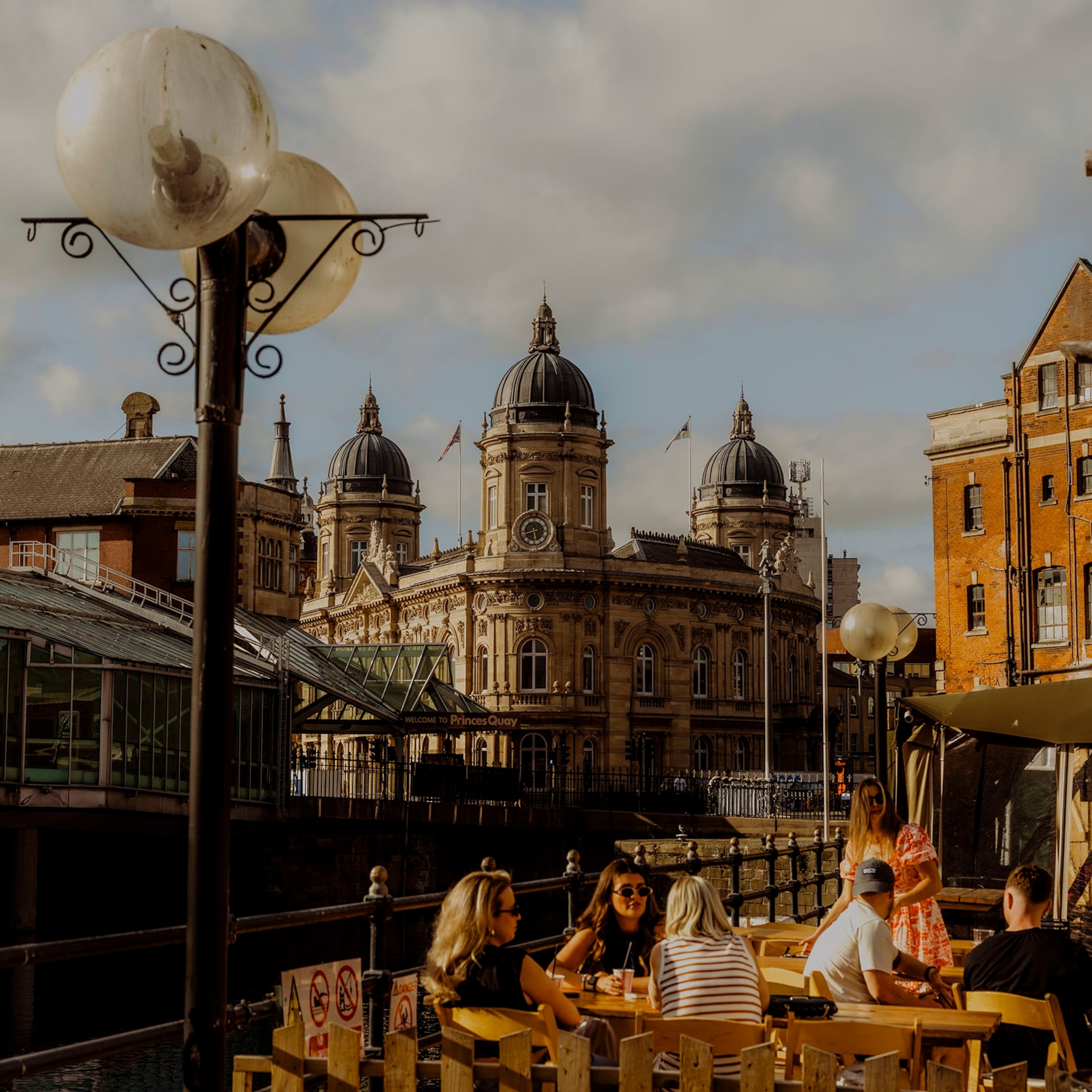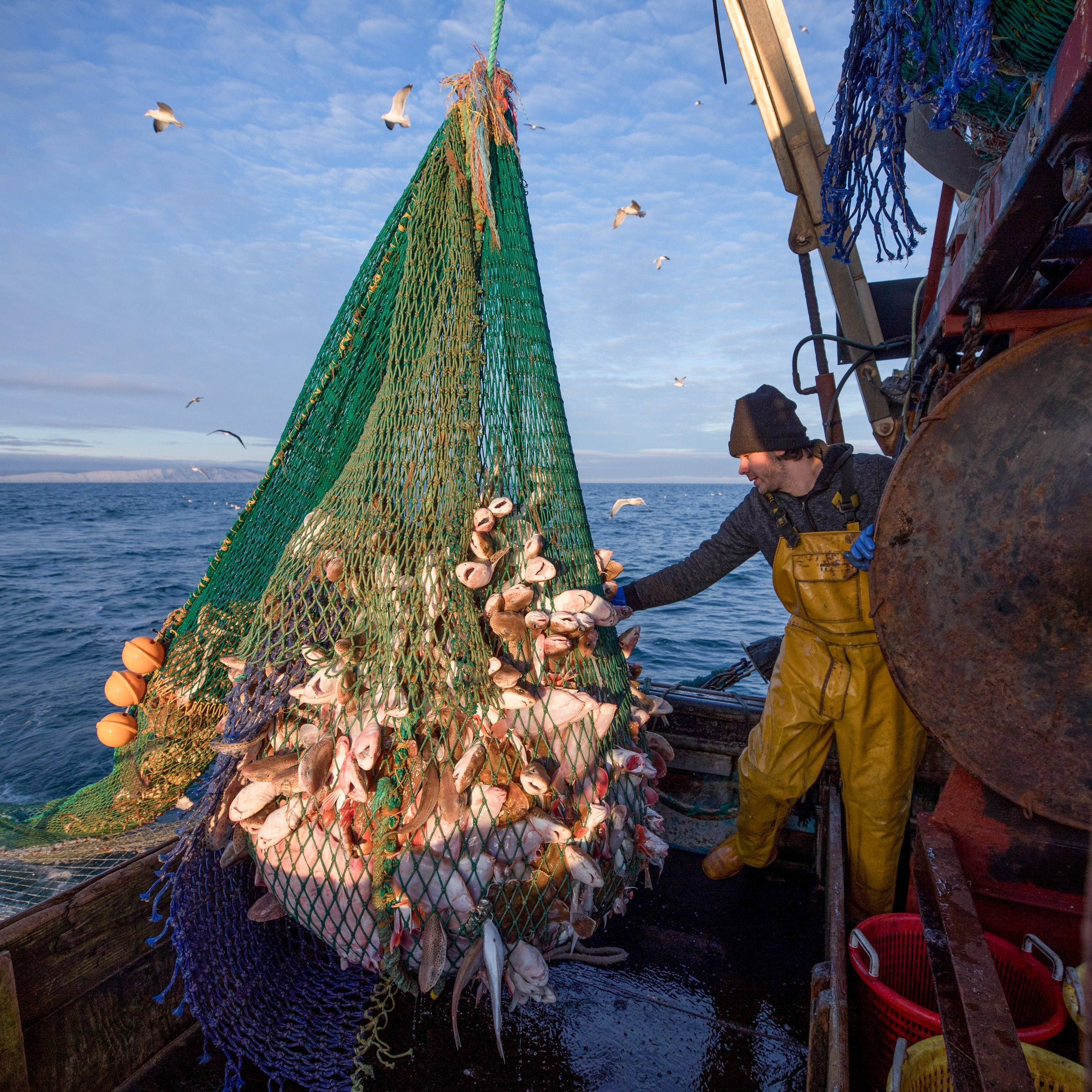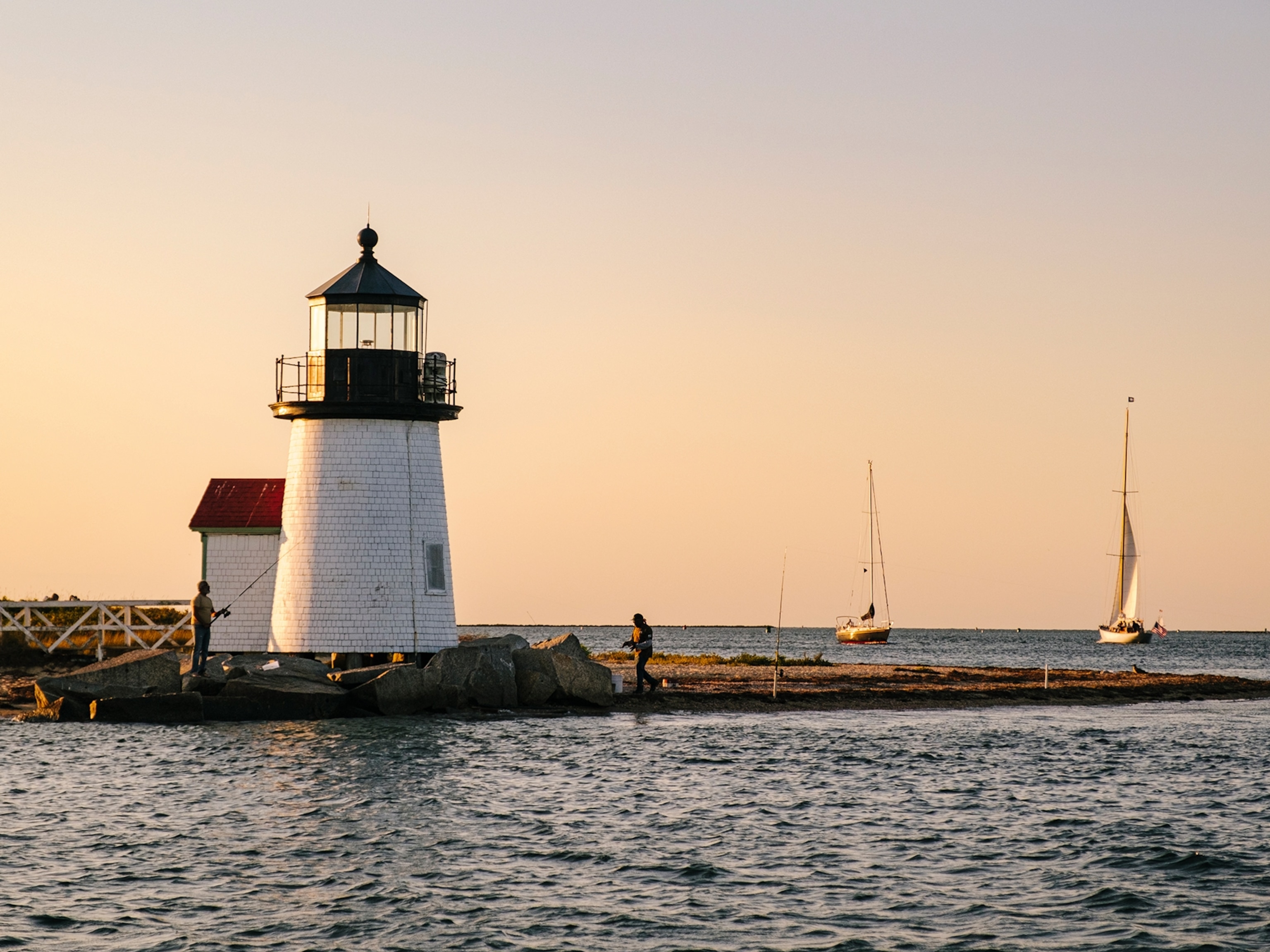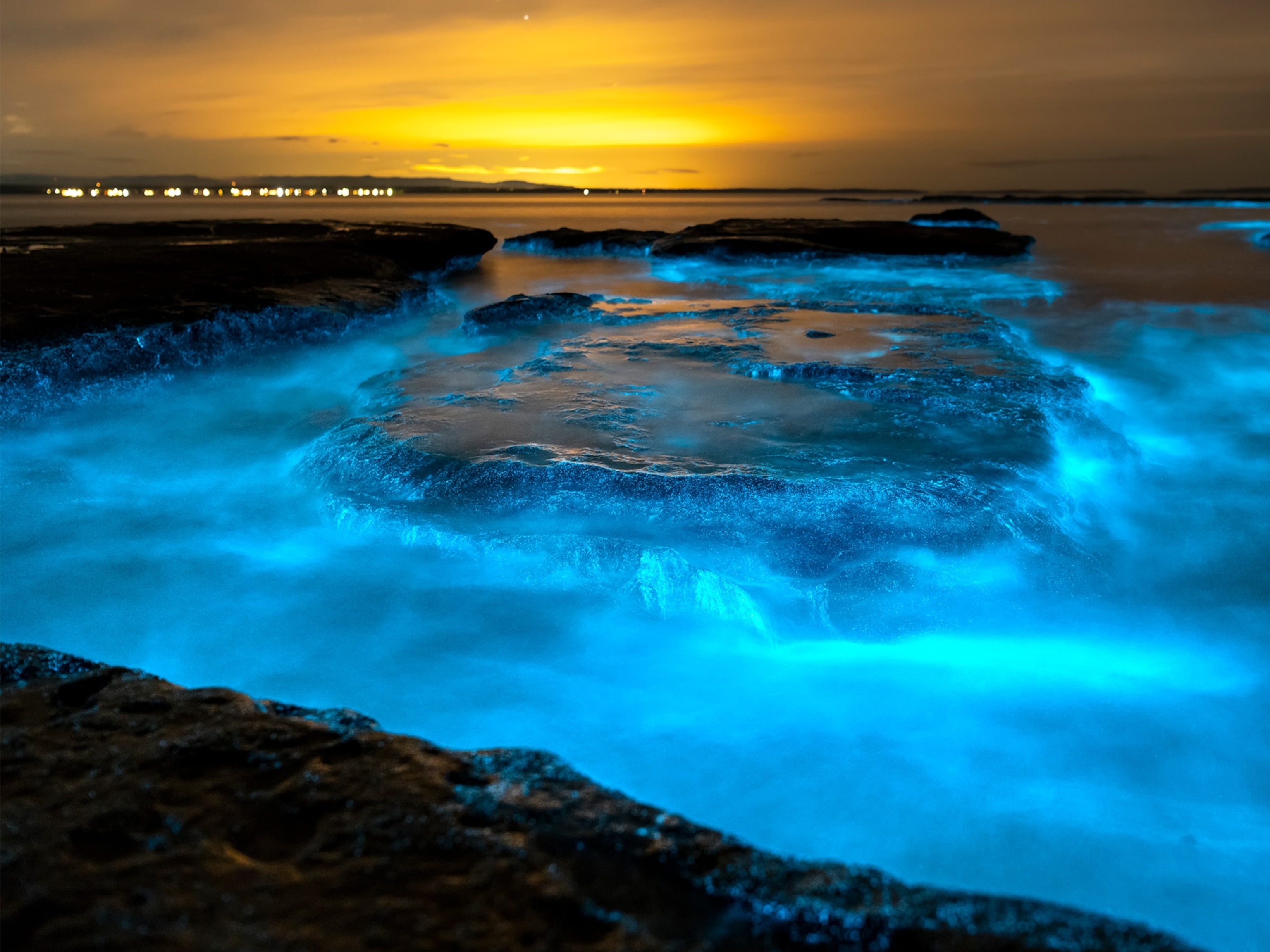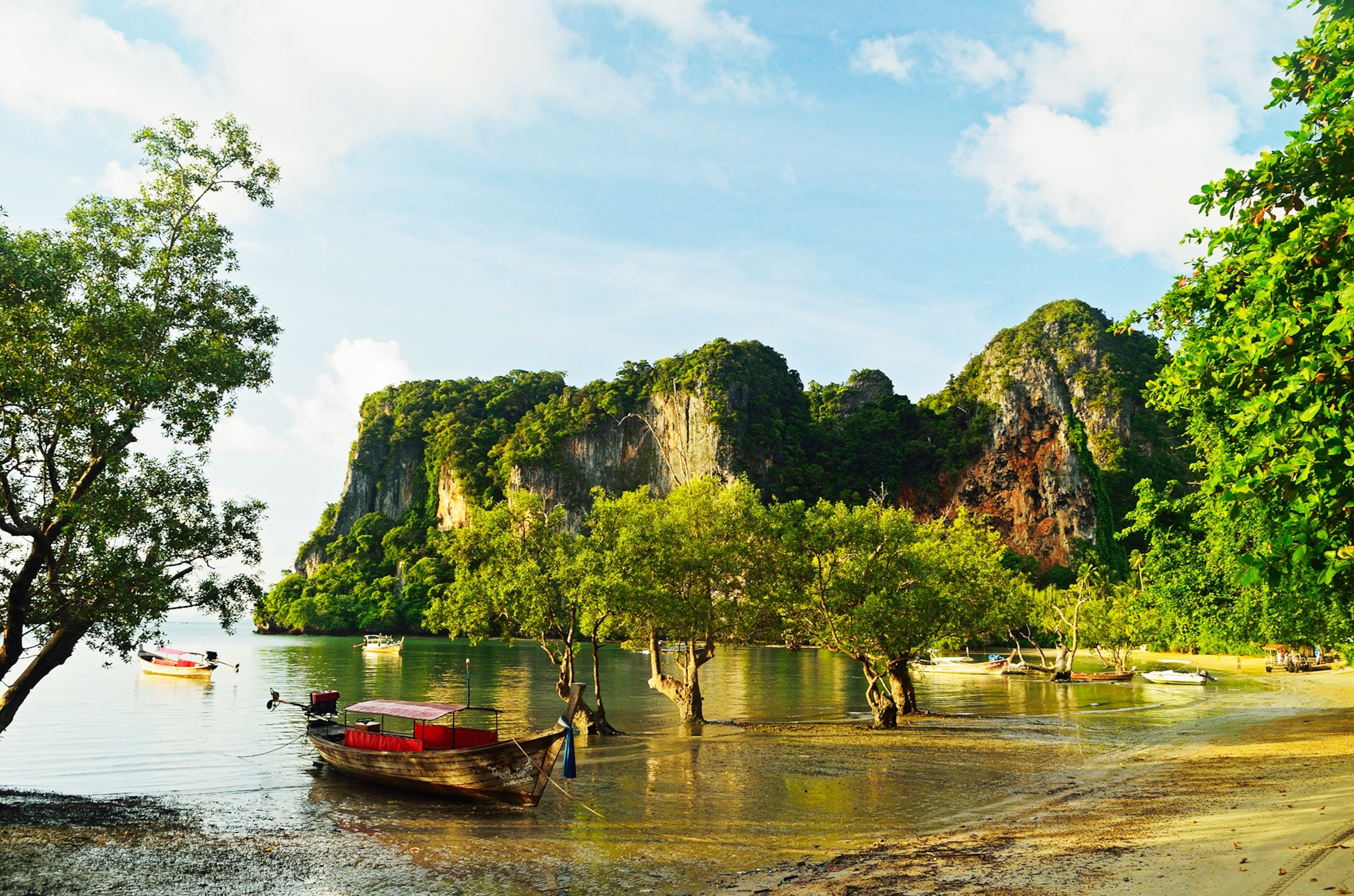
Clam Digging in Koh Klang
In this Thai village the fishermen come out when the tide recedes.
Two goats, a rooster, and a hen visit me at my hammock. Not a bad way to share a beach.
It’s high tide on the Andaman Sea. The water is close, but I’m not looking at it. Instead I swing in the shade of Thailand’s national flower, Cassia fistula, also known as the golden rain tree because of its canary yellow blooms. I look up after about an hour, and the surf is barely in view. But this is normal in Koh Klang, a Thai village where the fishermen come out when the tide recedes.
Bao, father of two tireless boys, drags his flip-flops through the sand toward me. He’s the overseer at my homestay on the island. That means I get one of the basic beach bungalows facing the water, three big meals a day, and meet-ups with local boat builders, rice farmers, and artists.
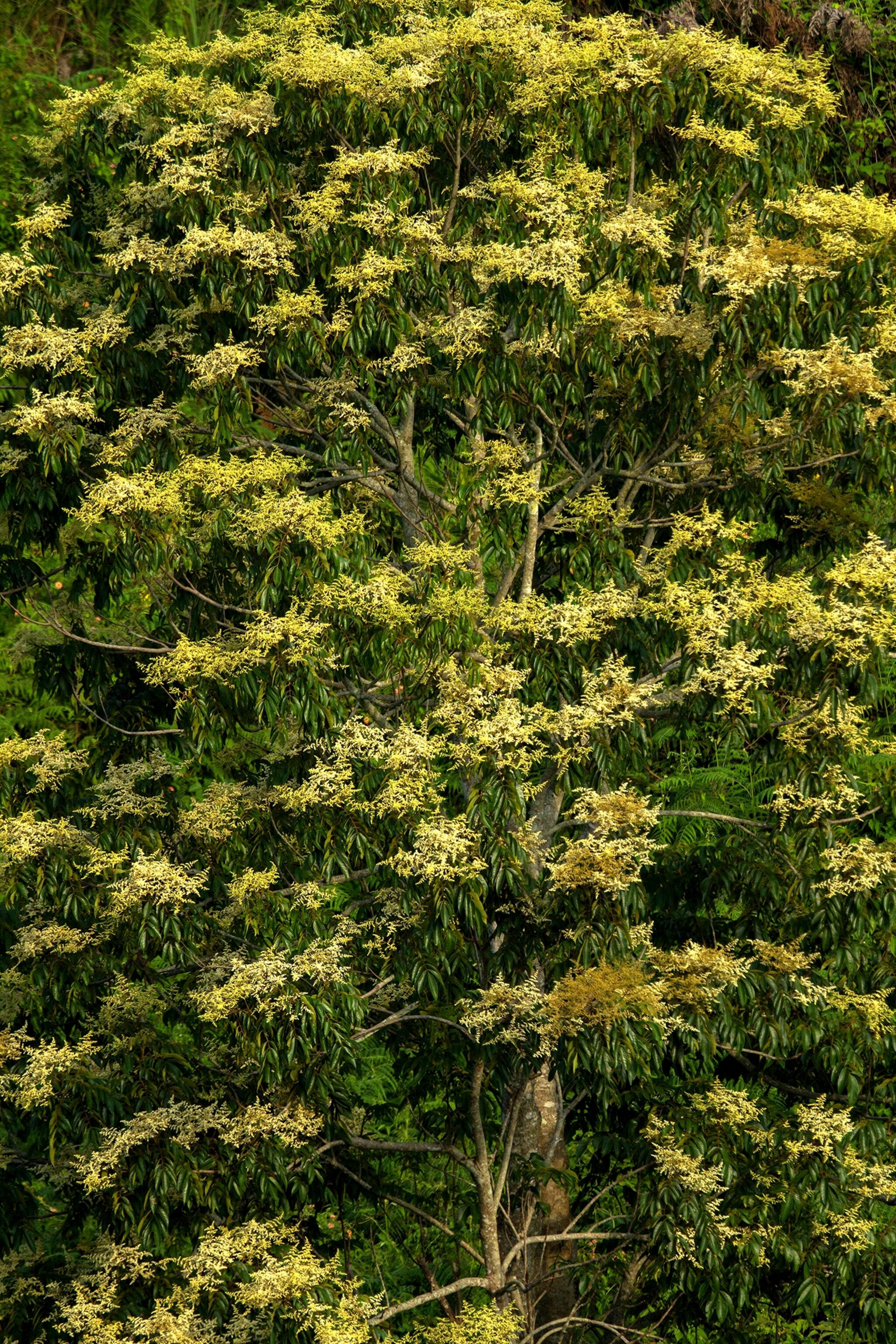
Bao’s holding a long rake-like tool with a dangling belt attached. We’re looking for clams.
I walk barefoot. Bits of washed-away mangrove bark cake waterless grooves in the sand. We pass four poles jutting up from the sand, which act as makeshift soccer goalposts that spend half the day underwater. Beyond, the faint outlines of scattered clam fishers dot the expanse of brown sand and big sky. Miles farther, a jagged skyline of limestone islands backs the horizon. As I take this in, the call to prayer rings out from an unseen mosque behind me.
Unlike the busy resort-filled Krabi town a few miles away, a visit to this 26-square-mile island with a trio of connected Muslim villages is not just about the beach. Instead the draw is a peek into the traditional lives of the nearly 5,000 locals who live mostly off farms and fish.
I arrived the previous night by long-tail boat, and then got into Bao’s motorcycle sidecar. We drove down a one-lane road, zipping by homes on stilts and stands serving snacks under the glow of hanging bulbs.
“There are no cars on the island,” Bao explained. “Only scooters and bikes.” There are no ATMs either, and the lone gas pump, guarded by a water buffalo as we passed, is coin-operated.
Our clam hunt begins only after finding a suitable spot in the sand. Frankly I have no idea how Bao makes his pick in this vast beachscape. I watch as he slips the rake belt behind him, leans into the handle, and slowly walks backward in a straight line. The rake’s flat steel blade churns up sand, occasionally hitting something with a thud. Bao stops to inspect, jerking the rake back and forth. An old shell surfaces, and Bao continues the hunt.
The clams finally come. They’re palm-size, tan and ribbed, with bright aqua-blue lines at the valve openings. He drops each find into a bag. Then I try. The belt loops keep slipping down my legs, like oversize pants. I finally position it right, and pull. It’s hard at first, but I surprise myself—and perhaps Bao—by pulling up eight clams in about 15 minutes.
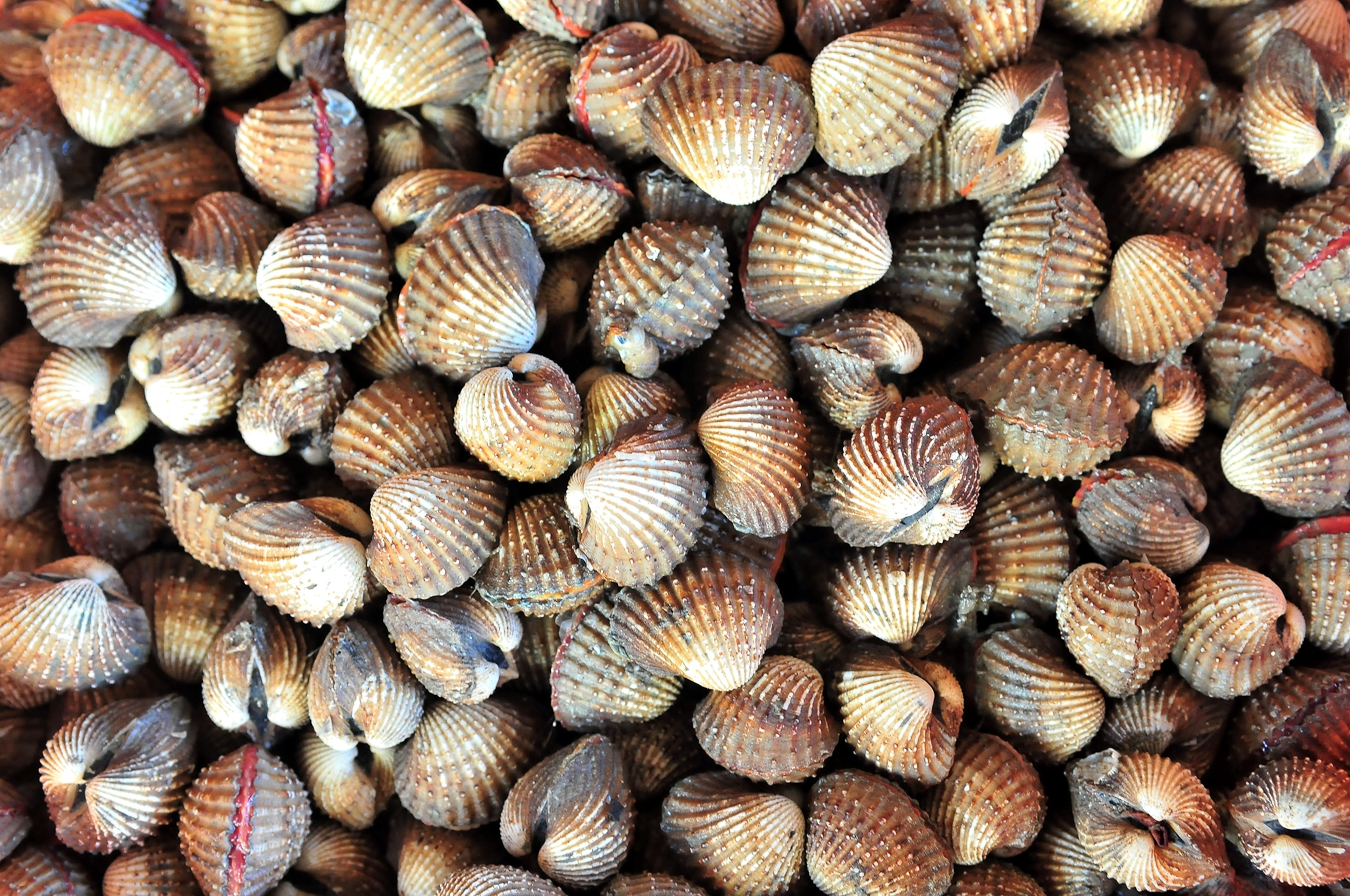
Clam fishing is one of several local activities that fill my two days here. We wind through mangrove canals in a long-tail boat, and meet a toy-boat maker who narrowly escaped the 2004 tsunami. “I was supposed to be at sea that day,” he says. “Friends in Phuket contacted us. We all went to the mosque for safety. No one was hurt. Very lucky.”
We walk past water buffalo on narrow raised paths between plots of rice and try planting seeds. I also make batik textiles—an ancient art—by dabbing dyes into wax designs on cotton fabrics.
It’s all fun. And best, perhaps, were the meals: sprawling spreads of crab, shrimp, and fish caught by locals daily.
After Bao and I fill the bag with clams to add to tonight’s supper, we walk toward the still distant fishing nets. In the pockets of water the tide left behind, I see a world of mollusks, sea stars, sand dollars, and horseshoe crabs. I feel like I’m walking on an aquarium. The water reaches only our ankles even a kilometer out. Ahead, a row of 12-foot poles creates a maze built to entice and trap fish at high tide. Bao spots a hole in it, which he stoops to fix. No fish caught today.
- National Geographic Expeditions
I wander off a bit. Distant figures still stoop for clams across what looks like a soaked lunar desert, as the sky—looming over dragon-back mountaintops—shifts into softer, frostier blues in the cloudy dusk. I can’t remember accessing a seascape like this. (And I won’t have the same connection with the sea at the resort I check into next.)
“Come on,” Bao calls out, waving the bag of clams. “Let’s go eat!”
How to Do This Trip
It’s possible but hard to arrange a homestay on Koh Klang on your own. Few locals know any English. I arranged a two-night stay with Andaman Discoveries, which included an English-speaking guide to accompany me.
The bamboo bungalows include private bathroom and cold-water shower. The beds are on thin mats on the ground, with mosquito nets. There’s a fan, and the walls don’t reach the roof to catch breeze. Meals are served in a covered space occasionally used for informal schooling with villagers. There are kayaks to use too.
